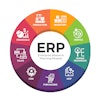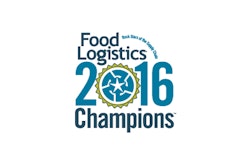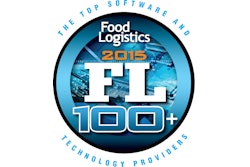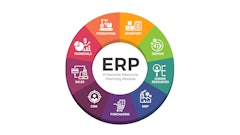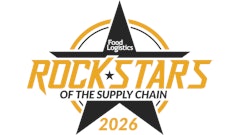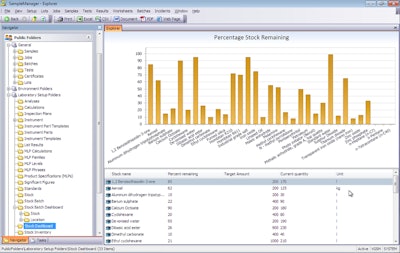
The complexity and scale of today’s food supply chain demands an integrated approach to informatics, which addresses regulatory compliance, defensible data, traceability and brand protection, according to an article in the April Food Logistics.
To understand why an integrated informatics solution is important to manufacturers in the food and beverage industry, it helps to first consider the unique challenges this industry faces. Simply put, food production has scaled into a global business so rapidly that oversight has hardly kept pace. Even the stricter regulatory stances taken by the U.S. Food and Drug Administration (FDA) and the European Union in the past decade are effectively catch-up efforts.
The broader food industry, which for purposes of this article will also comprise beverage, has globalized quickly and, many would argue, haphazardly. It actually wasn’t that long ago that the products we purchased in our local food store were produced locally or regionally. Seasons determined selections as well—if you wanted a tomato in November you’d pay a premium for that indulgence.
Seasons and geography no longer constrain what we can buy and when. By far the world’s largest industry —with a combined revenue of more than $4 trillion, the food industry has used its massive scale to overcome historical limitations. We now take for granted that our grocery carts can be filled with fresh products that may come from thousands of miles away. And those products may have been grown, processed and shipped in multiple countries before they reach our local grocer.
To read the entire article, click here.


